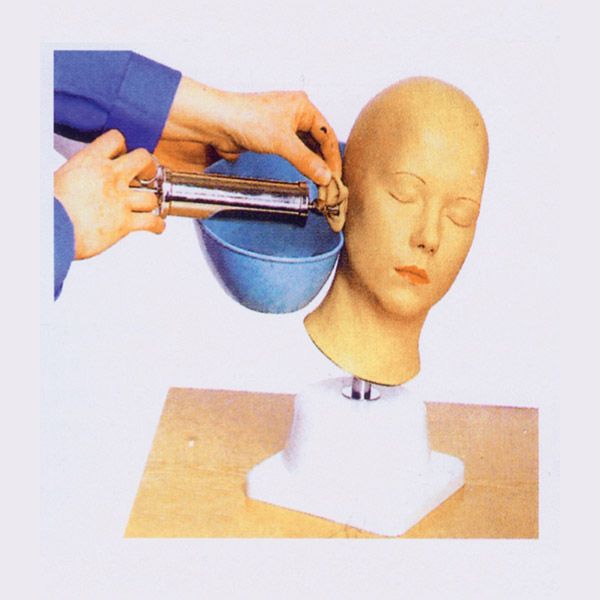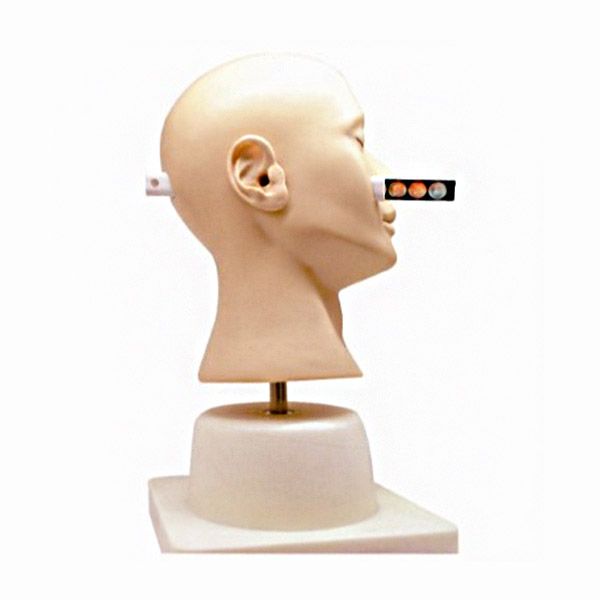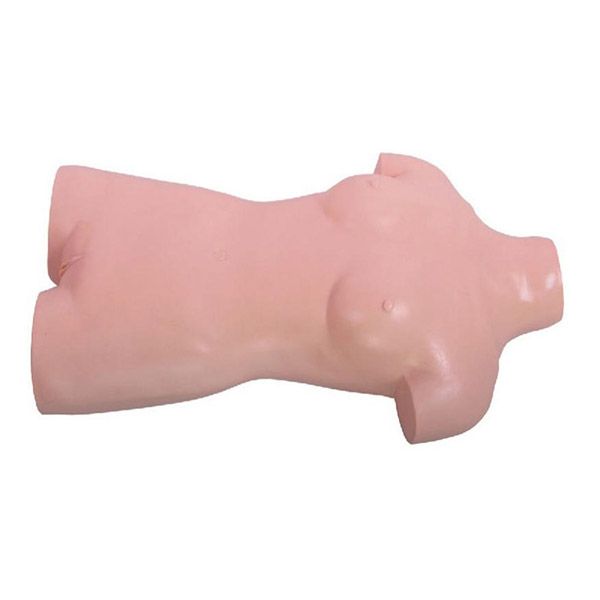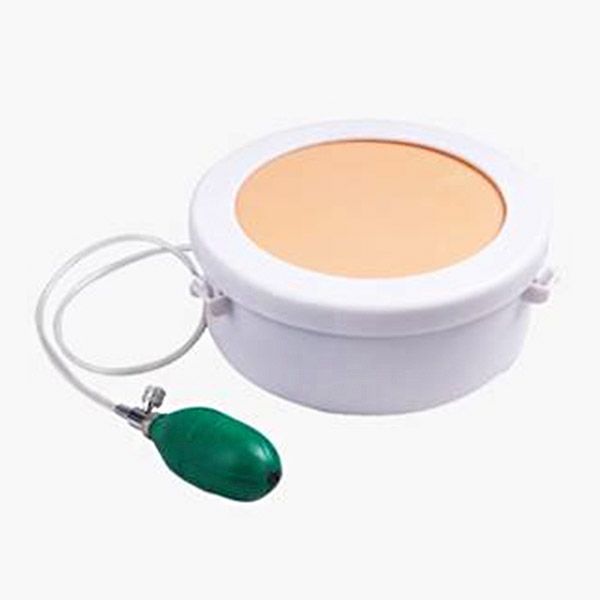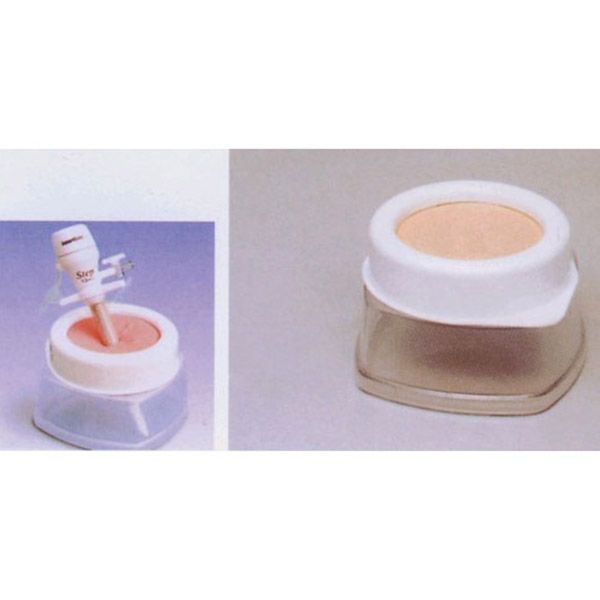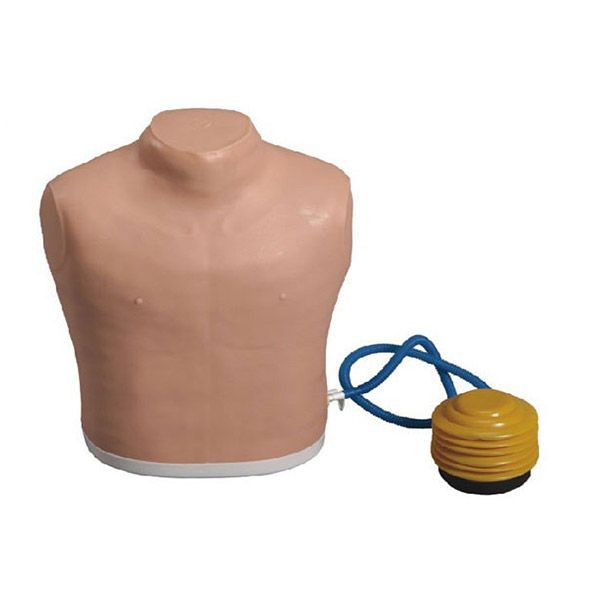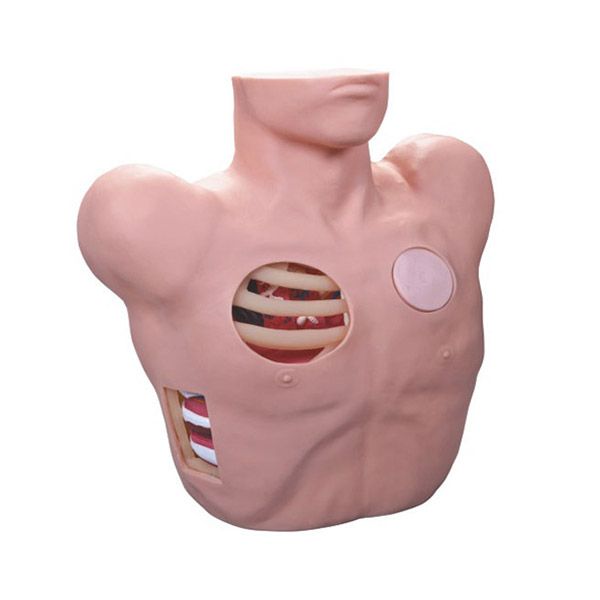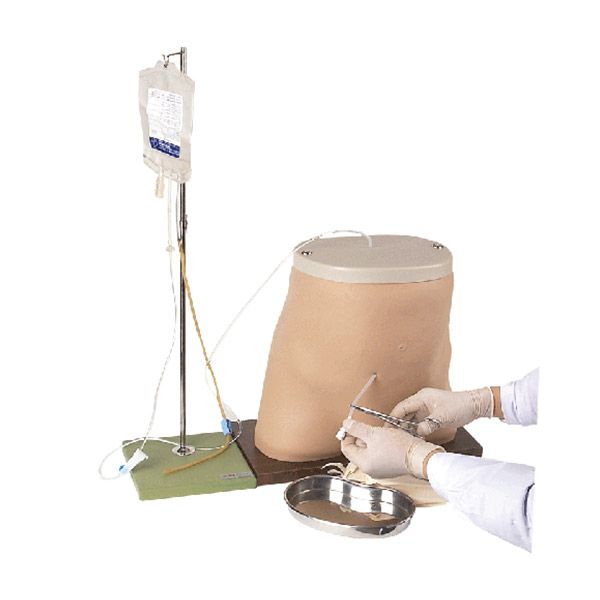The well-being of children is dependent on skilled and compassionate nurses. However, traditional teaching methods in pediatric nursing education may have limitations in preparing students for the realities of caring for young patients. This article by Scopelab looks at nursing training manikins, a revolutionary tool that is transforming pediatric nurse education. We’ll look at the numerous benefits that manikins provide, including fostering essential skill development in a safe environment and increasing confidence and critical thinking. In addition, we’ll go over key considerations for successful implementation, ensuring that these powerful tools can shape the future of pediatric care.
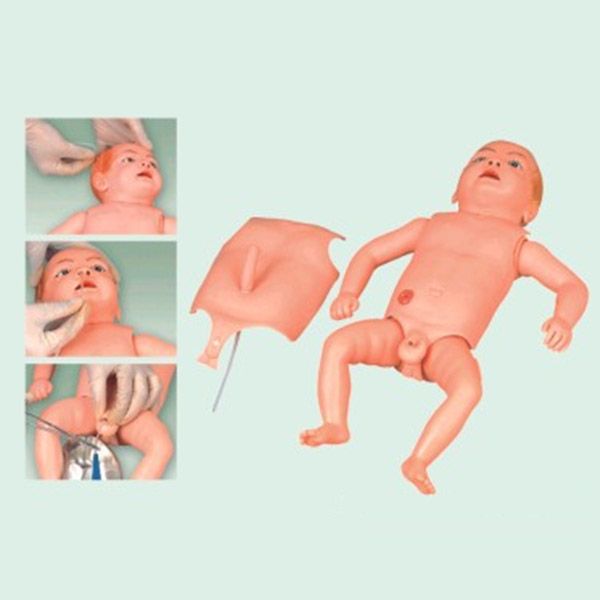
Advantages of Using Nursing Training Manikins in Pediatric Education
Pediatric nursing poses a distinct set of challenges in the healthcare field. Young patients frequently require specialized care and may be more sensitive to procedures. Traditional teaching methods, while valuable, may have limitations in preparing future nurses for the realities of child care. Nursing training manikins provide a revolutionary approach to pediatric nurse education. Here’s a detailed exploration of the advantages manikins provide:
Advantage 1: Enhanced Skills Development in a Safe Environment
Manikins offer a safe and controlled environment for students to develop essential skills needed for pediatric care. Unlike practicing on real children, manikins eliminate the risk of causing any harm. Students can repetitional practice basic and advanced skills like:
- Physical assessment: Performing a thorough assessment on a child-sized manikin allows students to practice palpation, auscultation, and identifying pediatric vital signs.
- Medication administration: Practicing techniques such as administering oral medications, injections, or IV fluids on a manikin boosts confidence and ensures proper technique before interacting with actual patients.
- Pediatric-specific procedures: Manikins can be designed to represent different age groups, allowing students to practice procedures for infants, toddlers, and older children. Examples include practicing immunizations and providing oxygen therapy.
- Developing muscle memory and technical proficiency: Students gain the necessary muscle memory and technical skills for the smooth and efficient execution of procedures in real-world scenarios by practicing on manikins repeatedly.
Advantage 2: Stepping into Realistic Simulations
- Beyond the Textbook: Advanced nursing manikins can be extremely realistic, simulating a variety of pediatric conditions including respiratory distress, seizures, and even allergic reactions. These simulations create a realistic training environment that closely resembles situations that nurses may face in a hospital setting.
- Fostering Critical Thinking and Decision-Making: Manikin simulation training involves more than just skill practice. It encourages students to think critically, analyze patient data, prioritize actions, and respond appropriately to various medical situations. This prepares them to make sound clinical judgments under pressure, which is an important skill for pediatric nurses.
Advantage 3: Building Confidence and Reducing Anxiety
- Practice Makes Perfect (and Less Stressful): Allowing students to practice procedures on manikins first helps them gain confidence in their abilities before interacting with real children. This alleviates the anxiety that often comes with performing skills on young patients for the first time. With their newfound confidence, students can approach real-world situations with more calm and competence, resulting in better patient care.
Advantage 4: Standardized Learning and Objective Evaluation
- Ensuring Level Playing Field: Nursing training manikins provide a consistent environment for all students to practice their skills. This ensures that everyone receives the same level of standardized learning, regardless of instructor or clinical placement preferences.
- Objective Evaluation for Improvement: Manikins enable objective evaluation of student performance. Instructors can assess students’ skill mastery, critical thinking during simulated scenarios, and emergency response time. This provides useful and specific feedback, allowing students to identify areas for improvement and fine-tune their skills before entering the workforce.
Overall, nursing training manikins are an effective tool for improving pediatric nursing education. Manikins play an important role in preparing future nurses to provide high-quality, compassionate care to young patients by creating a safe environment for skill development, encouraging critical thinking through realistic simulations, and reducing anxiety while increasing confidence.
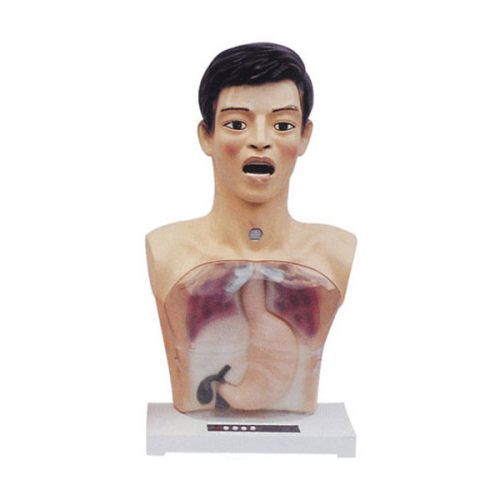
Considerations for Implementing Nursing Training Manikins
While nursing training manikins offer a wealth of benefits for pediatric education, successful implementation requires careful consideration of several factors. Here’s a detailed breakdown of key considerations:
Consideration 1: Choosing the Right Manikin
- Functionality and Features: Manikins are classified into several types, ranging from basic models that teach essential skills such as CPR to advanced models that simulate vital signs, breathing sounds, and even medication responses. When deciding on functionality, keep your program’s specific requirements and budget in mind.
- Age-Specificity: It is critical in pediatric education to use manikins that represent different age groups (infant, toddler, and child). This allows students to practice procedures appropriate for each developmental stage, ensuring proper technique and increasing comfort with varying patient sizes.
- Durability and Maintenance: When purchasing a manikin, choose models made of durable materials to withstand frequent use and student handling. Easy-to-clean surfaces and readily available replacement parts are also important considerations.
Consideration 2: Developing Effective Training Programs
- Curriculum Integration: Don’t think of manikins as isolated tools. Integrate them seamlessly into the curriculum, matching simulation scenarios to specific learning objectives and theoretical concepts covered in lectures and labs.
- Scenario-Based Learning: Go beyond basic skill practice. Create engaging, age-appropriate scenarios that ask students to apply their knowledge and skills in a simulated clinical setting.
- Debriefing and Feedback: Set aside time for debriefing following simulation sessions. This enables instructors to facilitate discussions, address student concerns, and offer constructive feedback on performance.
Consideration 3: Faculty Training and Support
- Maximizing Manikin Potential: Faculty play a crucial role in maximizing manikins’ potential. Invest in training them to operate the manikins effectively, create engaging scenarios, and facilitate debriefing sessions to ensure the best learning outcomes.
- Ongoing Support: Provide ongoing support to faculty as they incorporate manikins into their teaching practices. Provide workshops, troubleshooting resources, and opportunities for knowledge sharing to ensure successful implementation and ongoing innovation.
Consideration 4: Additional Considerations
- Space Requirements: Manikins can take up space. Ensure you have dedicated storage and training areas large enough to accommodate the manikins, necessary equipment, and student movement during simulations.
- Budgetary Constraints: Nursing training manikins can be a significant investment. Explore funding options, consider phased implementation, and research grants that might support the acquisition of manikins for your program.
By carefully considering these factors, you can ensure the successful integration of nursing training manikins into your pediatric education program. When used thoughtfully and strategically, manikins can transform the learning experience for future pediatric nurses, providing them with the skills and confidence to excel in caring for young patients.
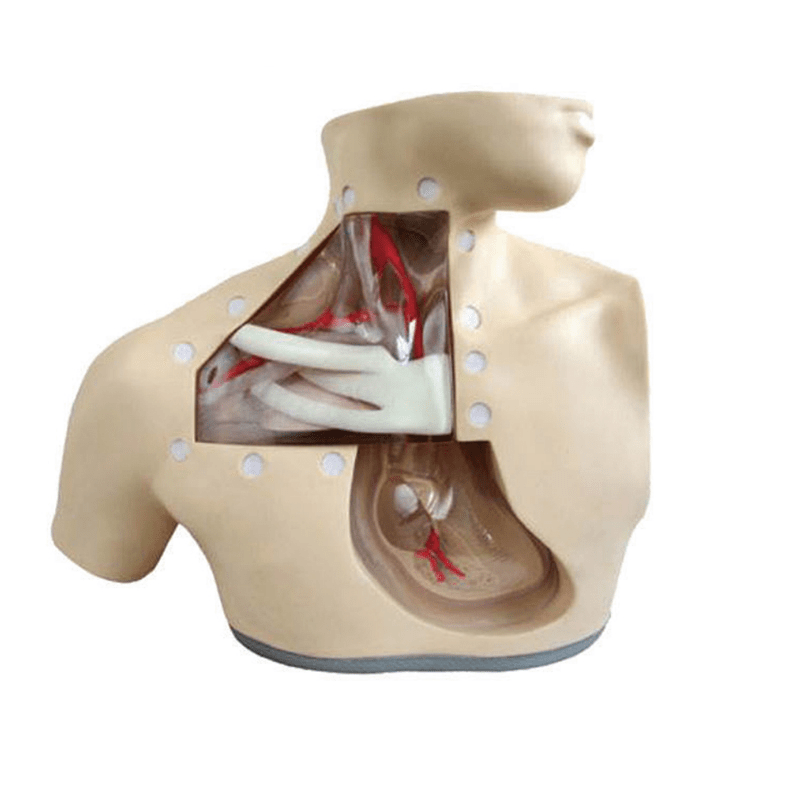
Conclusion
Nursing training manikins are more than just practice dummies; they are interactive learning tools that bridge the gap between theory and real-world scenarios. Nursing manikins are important in preparing the next generation of pediatric caregivers because they provide a safe environment for skill development, promote critical thinking through simulations, and instill confidence in future nurses. By carefully considering factors such as manikin selection, curriculum integration, and faculty training, educators can use manikins to create a dynamic and impactful learning experience for future pediatric nurses. As these future nurses enter the workforce, they will be well-prepared to provide high-quality nursing practice, and compassionate care to young patients, paving the way for a brighter and healthier future for all children. Scopelab is a reliable manikin supplier as well as a laboratory consumables supplier. So if you have any requirements please contact us, and we will try our best to give you the services.
